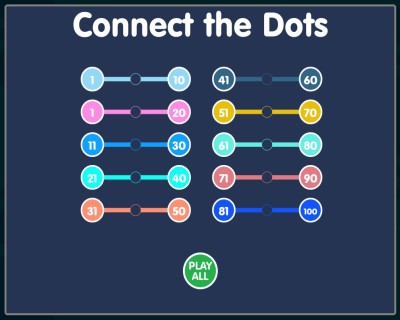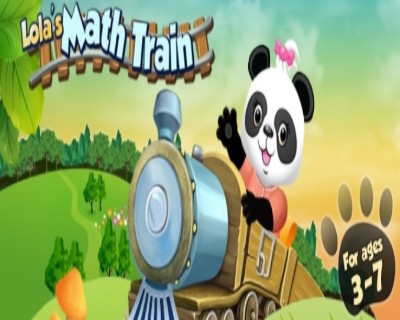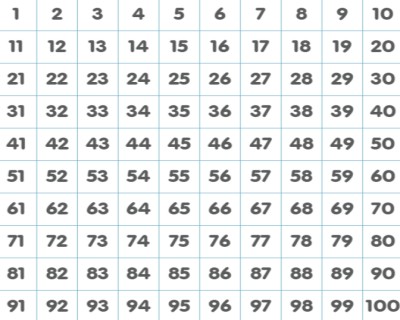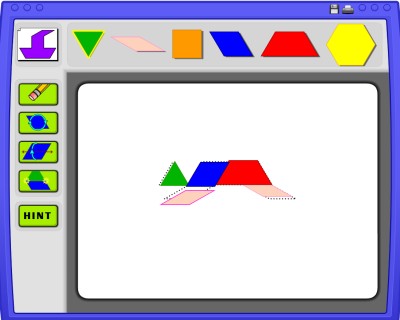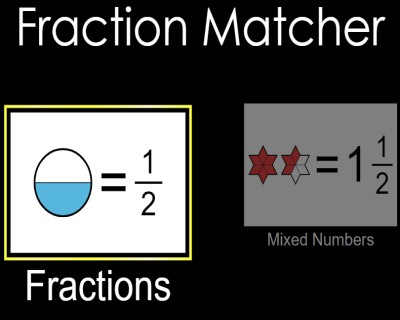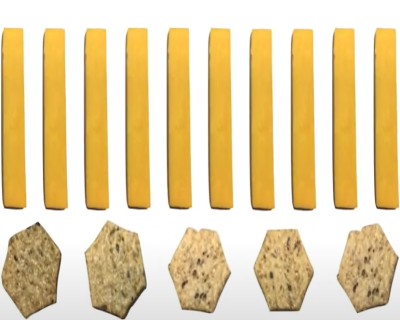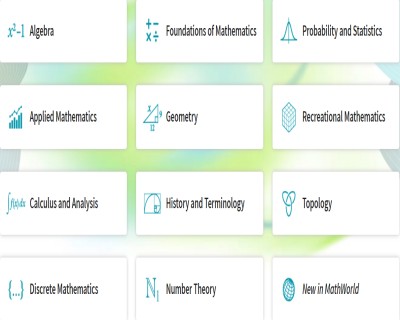
Why is it Important to learn Algebra?
Is math an enjoyable subject to study? Is there any point in learning math? I’m not sure how math is useful in everyday life? These questions seem to be frequent among both children and adults. The fact that many of us find it intimidating and less useful in today’s world crushes my heart. Additionally, they express my dissatisfaction with the way math is taught in schools.
How will a child be exposed to math concepts if they see no value in learning them? Lack of engagement is a major factor for students disliking math. Even if your child isn’t very gifted in mathematics, they must be aware of the subject. Using math and algebra regularly can help children develop problem-solving skills. It prepares the mind to handle unfamiliar tasks with ease.
Think of all that you wouldn’t be able to do if you had no understanding of basic math. As a child, you learn about numbers at an early age. You can learn to count, build blocks and draw objects. Math can help you shop for groceries, make payments, and order stuff. Additionally, it helps you calculate the distance, speed, and volume. Overall, it will help unlock the key to a brighter tomorrow.
Why is it Important to learn Algebra?
Algebra serves as the foundation for students to progress to other classes. Knowing algebra helps us recognize when and how we can use it to overcome everyday problems. Also, having a general knowledge of algebra allows us to recognize how to use it effectively. You will use what you learn in Algebra throughout your educational life.
Let us find out how Learning Algebra can better our lives in ways.
1. Algebra is not just limited to math:
Algebra is part of mathematics, just like how basic math is. It prepares us for statistics and calculus by going beyond basic math. Basic math or Arithmetic uses numbers for calculations. But Algebra numbers and variables solve problems and put them in an equation. For example, it is easier to calculate 5 by 10 rather than counting to 50 or adding 5 ten times.

The importance of learning algebra at a young age cannot be overstated. Algebra is helpful in sports, shopping, budgeting, computers, and much more. We can solve many problems in statistics and finance, but simple math alone would not help.
2. Algebra rewires your brain:
The concepts of Algebra are very abstract and unique. Your brain needs to focus on solving problems to solve the equations. The brain learns how to think in different ways and patterns by doing this. That thinking pattern triggers the brain to work. And an increase in muscle activity allows the brain to do other tasks more efficiently.

Algebra allows you to link and form neural pathways, strengthening your brain. This enhances your critical-thinking abilities. Besides, it improves the skills needed to reach logical conclusions. Using test and error increases the mind’s capacity for caution and careful thinking. Thus, making it exciting and helping us rewire how we think.
3. Career opportunities:
Many jobs need a mastery of math, particularly algebra. Earning a degree in mathematics will provide you with more experience and exposure. Also, studying Algebra can help you earn more money and give you more opportunities to find a job you love. It is valuable for various careers, including ones that a student might pursue as a second career.

Learning Algebra opens up a world of possibilities in your profession. There are endless science, math, computers, statistics, engineering, or finance possibilities. We can use algebra to describe a wide range of real-world facts, from gravity to population growth.
4. Algebra helps in real-life:
Algebra has many equations, so it’s easier to solve by converting them into algebraic equations. Whether you’re looking to buy a car or pay your expenses. Simply make a chart or graph and weigh the best option available as well as the cost-benefit ratio.

Algebra is very useful for students’ homework, writing assignments, and graphs. They can use it for computations, such as covering a distance calculating volume and speed. It helps them to make decisions about money and ways to calculate them.
5. The key to a brighter future:
Studying numbers always comes in handy in many professions. This can be related to everything from teaching to carpentry. Math can help us make decisions, provide answers, and find solutions. All employers value these problem-solving skills and find them helpful in the workplace.

Math education improves the way you communicate with others. Therefore, it is easier to convey your ideas verbally or through writing. As you gain experience, you can plan logical arguments, convince others, and debate with people. This will help you find good jobs and open doors to a brighter future.
How to learn Algebra for beginners?
The beginners should have a basic understanding of math concepts before starting Algebra. They should know addition, subtraction, multiplication, and division. Because it is typically taught following elementary school math. Since Algebra contains symbols with no fixed value, they are frequently used with algebraic equations. To find the value, students must constantly use symbols known as variables.
Begin with one step and practice until you have mastered it. It is not something that happens overnight; it takes time. But it is definitely possible if you are at it. Don’t push the kids to learn Algebra. Let them take their time if they are struggling with concepts. It will ensure maximum benefit to understand the concepts rather than just rote learning. Furthermore, students can always ask the teacher for assistance in helping them to learn.
What are the basic Algebra lessons?
- The square root
- Ratios
- Constants and exponents
- Numbers
- Equations
- Variables
- Factors
- Arithmetic addition, subtraction, multiplication, and division
What is the best way to learn Algebra?
Every child has a unique and interesting learning style. No two styles will work for the same child. So, firstly find out what works best for your child and try to follow that pattern.
1. Until you master the skill, you need to practice.
2. Learn the formulas until you get them right.
3.Discover more than one way to solve a problem.
4.Always study in short spurts and give breaks between.
5. Getting an Algebra book for guidance is also an effective way to learn.
6. Ask for help from people who are knowledgeable about the subject.
7. You can also enroll in a course.
8. You will find many videos today that will come in handy.
Summary
Think about why Algebra is important in our lives. Get rid of the misconception that you need to memorize a long list of rules and procedures. Instead, consider Algebra as a tool for discovering more about the world around you. Then, look for ways to teach your students about its applications.
Let’s be practical, people. Algebra is required!









